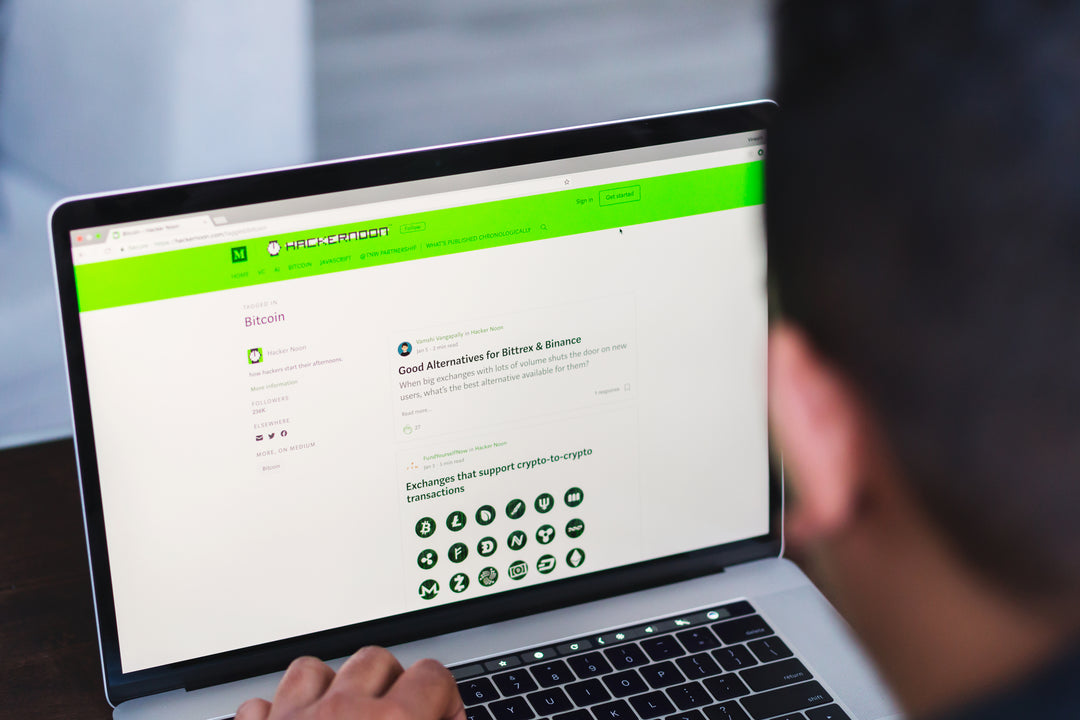IFRS 16 Practical Application Guide - DIPIFR Mastery
Leases Made Simple Through Real-World Application
Unlike other accounting standards, IFRS 16 is best understood through practical application rather than theoretical frameworks. This guide takes you through real lease scenarios, showing you exactly how to think and calculate like a professional accountant.
IFRS 16's Strategic Importance in DIPIFR:
- Cyclical Testing Pattern: Every 2-3 sittings
- High Integration Factor: Always links with IAS 12, IAS 16, IAS 37
- Calculation-Heavy: More computational than conceptual
- Transformation Standard: Completely changed lease accounting from IAS 17
📊 The IFRS 16 Transaction Matrix
| Transaction Type | Frequency | Complexity | Key Calculation | Examiner Focus |
|---|---|---|---|---|
| Basic Lease Recognition | ⭐⭐⭐⭐⭐ | Low | PV of lease payments | Initial ROU + Liability |
| Lease Modifications | ⭐⭐⭐⭐ | Medium | Remeasurement | Liability adjustment |
| Sale-and-Leaseback | ⭐⭐⭐ | High | Partial gain recognition | IFRS 15 integration |
| Variable Payments | ⭐⭐ | Medium | Index/rate adjustments | Measurement complexity |
| Short-term/Low-value | ⭐ | Low | Exemption application | Recognition bypass |
| Restoration Obligations | ⭐⭐⭐ | Medium | IAS 37 provision | Cross-standard link |
Priority for Exam Prep: Focus on ⭐⭐⭐⭐⭐ and ⭐⭐⭐⭐ first, then build complexity.
💡 Quick Recognition Decision Tree
Is this a contract for use of an identified asset?
├── NO → Not a lease (service contract)
└── YES → Does customer have right to control the asset?
├── NO → Service contract
└── YES → LEASE UNDER IFRS 16
├── Lease term ≤ 12 months → Short-term exemption available
├── Low-value asset ($5,000) → Low-value exemption available
└── Otherwise → Full IFRS 16 treatment required
├── Calculate lease liability (PV of payments)
├── Calculate ROU asset (liability + costs + provisions)
├── Subsequent measurement (interest + depreciation)
└── Monitor for modifications
🛠️ The IFRS 16 Calculation Toolkit
Toolkit #1: Initial Recognition Calculator
Lease Liability Components:
Fixed payments (excluding VAT)
+ Variable payments based on index/rate
+ Amounts expected under residual guarantees
+ Exercise price of purchase options (if reasonably certain)
+ Termination penalties (if lease term includes termination)
= Total Lease Payments
Present Value = Total Lease Payments ÷ (1 + discount rate)^periods
ROU Asset Components:
Lease Liability (calculated above)
+ Prepaid lease payments
+ Initial direct costs
+ Estimated restoration costs (IAS 37)
- Lease incentives received
= Initial ROU Asset
Toolkit #2: Subsequent Measurement Formulas
Monthly Interest Calculation:
Interest Expense = Lease Liability Opening Balance × (Annual Rate ÷ 12)
New Liability Balance = Opening + Interest - Cash Payment
Monthly Depreciation:
Monthly Depreciation = ROU Asset Initial Cost ÷ Lease Term (months)
ROU Asset Balance = Initial Cost - Accumulated Depreciation
Toolkit #3: Modification Recalculation
When Lease is Modified:
Step 1: Calculate new PV using revised terms and updated discount rate
Step 2: Compare new PV to carrying amount of liability
Step 3: Adjust ROU asset = New Liability - Old Liability
Step 4: Continue depreciation on adjusted ROU asset balance
📋 Common DIPIFR Scenarios Decoded
Scenario A: Standard Office Lease (90% probability)
Given: 5-year office lease, $10,000 monthly, 6% incremental borrowing rate, $5,000 initial direct costs
Step-by-Step Solution:
- Lease Liability: PV of $10,000 × 60 months at 6% = $518,914
- ROU Asset: $518,914 + $5,000 = $523,914
-
Year 1 Journals:
- Initial: Dr ROU Asset $523,914 / Cr Lease Liability $523,914
- Monthly: Dr Interest $2,595 / Cr Lease Liability $2,595
- Monthly: Dr Cash $10,000 / Cr Lease Liability $10,000
- Monthly: Dr Depreciation $8,732 / Cr ROU Asset $8,732
Examiner Keywords: "Present value of lease payments," "incremental borrowing rate," "amortised cost"
Scenario B: Lease Modification (70% probability)
Given: Original lease modified to extend term by 2 years, increase rent to $12,000
Solution Approach:
- Remeasure: Calculate new PV of all remaining payments (including extension)
- Adjustment: Difference between new PV and old liability balance
- ROU Impact: Adjust ROU asset by the liability change
- New Depreciation: Revised ROU balance over remaining term
Critical Point: Use updated discount rate for remeasurement, not original rate.
Scenario C: Sale-and-Leaseback (60% probability)
Given: Sell building for $2M (carrying amount $1.5M), lease back 80% of space
Solution Logic:
- Total Gain: $2M - $1.5M = $500K
- Rights Retained: 80% of asset still controlled
- Gain Recognition: Only 20% of gain = $100K recognized
- Deferred Gain: 80% × $500K = $400K reduces ROU asset
- Net ROU Asset: PV of lease payments - $400K deferred gain
Examiner Trap: Students often recognize full $500K gain immediately.
🔗 Integration Master Class
IFRS 16 + IAS 37 Integration
Scenario: Lease requires restoration at end of term
Treatment:
- Recognize provision: Dr ROU Asset / Cr Restoration Provision
- Add to ROU cost: Increases depreciation base
- Unwind provision: Dr Finance Cost / Cr Provision (if discounted)
- Actual restoration: Dr Provision / Cr Cash
IFRS 16 + IAS 12 Integration
Tax Complications:
- ROU Asset: Depreciated for accounting, no tax deduction
- Lease Liability: No tax impact until payments made
- Temporary Differences: Create deferred tax assets/liabilities
- Journal: Dr Deferred Tax Asset / Cr Tax Benefit
IFRS 16 + IFRS 15 Integration (Sale-and-Leaseback)
Revenue Recognition Test:
- Sale element: Apply IFRS 15 to determine if genuine sale
- Performance obligation: Transfer of control to buyer
- Leaseback element: If genuine sale, apply IFRS 16 to leaseback
- Gain restriction: Only recognize gain for rights transferred
🎯 Examiner's Favorite Testing Angles
Angle 1: Calculation Accuracy (40% of marks)
What they test: Correct PV calculations, interest unwinding, depreciation How to excel: Show all workings, use proper discount factors, round consistently
Angle 2: Journal Entries (25% of marks)
What they test: Proper recording of initial recognition, subsequent measurement Key entries to know:
- Dr ROU Asset / Cr Lease Liability (initial)
- Dr Interest Expense / Cr Lease Liability (monthly)
- Dr Lease Payment / Cr Cash and Cr Lease Liability
- Dr Depreciation / Cr ROU Asset (monthly)
Angle 3: Cross-Standard Integration (20% of marks)
What they test: Links with IAS 37, IAS 12, IFRS 15 Success factor: Always consider restoration costs, tax implications
Angle 4: Professional Judgment (10% of marks)
What they test: Lease term determination, discount rate selection Show understanding: "Reasonably certain," "incremental borrowing rate"
Angle 5: Ethics Application (5% of marks)
Common scenario: FD wants to treat as operating lease to avoid liability Response template: "IFRS 16 requires recognition of all leases on balance sheet. Off-balance-sheet treatment would understate liabilities and overstate ratios, misleading stakeholders."
🚨 Critical Success Factors
Factor 1: Present Value Mastery
- Essential skill: PV calculations at various discount rates
- Common error: Using nominal payments instead of discounted
- Pro tip: Always state discount rate used and show PV calculation
Factor 2: Modification Mechanics
- Key insight: Modification = remeasurement with new discount rate
- Critical step: Adjust ROU asset by change in liability
- Examiner focus: Updated discount rate usage, not original rate
Factor 3: Sale-and-Leaseback Proportion Logic
- Core concept: Gain recognition limited to rights transferred
- Calculation: % of asset rights sold × total gain = recognizable gain
- Remainder: Deferred as reduction of ROU asset
📚 Essential Examiner Keywords & Phrases
Initial Recognition Language:
- "The lease liability is measured at the present value of lease payments discounted at the incremental borrowing rate"
- "The ROU asset comprises the lease liability plus initial direct costs and restoration obligations"
- "Lease payments include fixed payments, variable payments based on index/rate, and exercise prices if reasonably certain"
Subsequent Measurement Language:
- "The lease liability is measured at amortised cost using the effective interest method"
- "Interest expense is recognised using the rate implicit in the lease or incremental borrowing rate"
- "The ROU asset is depreciated on a straight-line basis over the lease term"
Modification Language:
- "Lease modifications require remeasurement of the lease liability using an updated discount rate"
- "The ROU asset is adjusted by the amount of the remeasurement of the lease liability"
Sale-and-Leaseback Language:
- "Gains on sale-and-leaseback are recognised only to the extent of rights transferred to the buyer-lessor"
- "The gain relating to rights retained reduces the carrying amount of the ROU asset"
🏆 Ultimate IFRS 16 Success Formula
Master Present Value Calculations (Essential for all scenarios) + Perfect the ROU/Liability Split (Core concept) + Understand Modification Mechanics (Frequent testing) + Know Sale-and-Leaseback Logic (High-value questions) + Integrate Other Standards (IAS 37, IAS 12, IFRS 15) + Apply Professional Judgment (Lease terms, discount rates) = IFRS 16 Exam Mastery! 🚀
💪 Your Next Steps
- Week 1: Master basic lease calculations (Scenarios A above)
- Week 2: Practice modifications and sale-and-leasebacks
- Week 3: Focus on integration with other standards
- Week 4: Speed practice with past paper questions
- Exam Day: Apply the formula with confidence!
Remember: IFRS 16 rewards systematic calculation and clear presentation more than theoretical knowledge. Show your work, use the right terminology, and demonstrate practical application skills!
This practical approach to IFRS 16 ensures you can handle any lease scenario the examiners throw at you, from basic recognition through complex modifications and sale-and-leaseback arrangements. Master the calculations, understand the integration points, and you'll transform IFRS 16 from a challenge into a competitive advantage!




